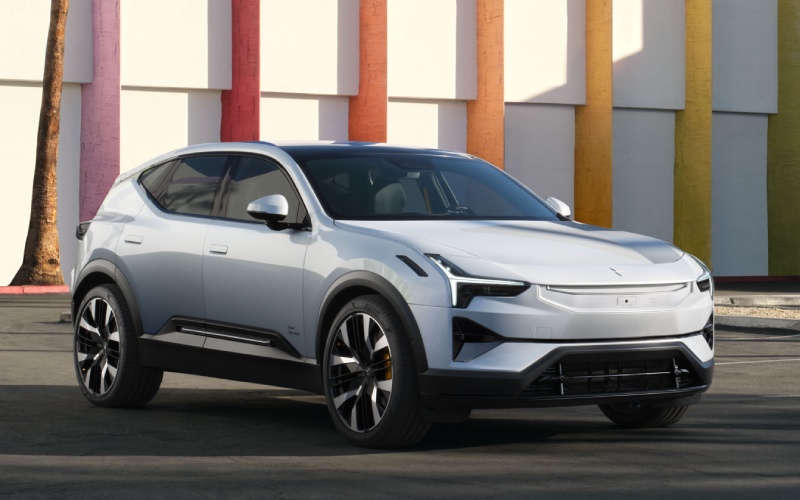
Polestar Scottsdale - Is Google Built-In a Real Advantage in an Electric SUV for Phoenix, AZ?
Shoppers ask us one question again and again: does having Google built-in truly make an electric SUV easier to live with in Phoenix, AZ? Short answer — yes, for most drivers it does. The way the system in Polestar 3 is implemented, with Android Automotive OS at its core, ties apps like Google Maps, Assistant, and in-car settings directly to the vehicle’s systems. That means battery-aware route planning with live charging availability, pre-entry climate timers synced to your schedule, and voice control that can adjust temperature, set a destination, or pull up a playlist while you keep your hands on the wheel.
Lucid Gravity offers wireless Apple CarPlay and Android Auto, which many drivers know and like. Those are great for media and calls, but they are still separate layers sitting on top of the car’s native software. In day-to-day use, the baked-in approach of Polestar 3 reduces taps and toggles, and the car gets better over time via over-the-air updates for vehicle systems — a crucial benefit in an EV era when software can refine efficiency, add features, and enhance safety assistance. Add the available Bowers & Wilkins audio with Dolby Atmos and Abbey Road Studios Mode, and you have a cockpit that blends seamless control with studio-grade immersion.
- Battery-smart routing: Google Maps in Polestar 3 plans stops with live charger status and arrival SOC.
- Hands-free commands: Google Assistant adjusts climate, seat heat, and navigation with natural voice.
- OTA improvements: Over-the-air updates enhance infotainment and vehicle systems over time.
- Cabin tranquility: Available active road noise cancellation filters road roar without masking sirens.
- High-fidelity sound: Bowers & Wilkins with Dolby Atmos and headrest speakers creates a 360-degree soundstage.
Drivers also ask how these systems affect real-world charging and trip confidence. With a 111 kWh battery and 250 kW DC fast-charging capability, Polestar 3 can move from 10-80% in about 30 minutes. Google Maps anticipates elevation and temperature, estimating your arrival charge and prompting preconditioning for quicker fast-charge sessions. That visibility reduces range anxiety, especially on weekend routes up I-17 or across the Valley. By comparison, mirroring solutions in other SUVs can manage media well but do not consistently coordinate thermal prep, charging curves, and route updates in a single, OEM-validated thread.
Finally, a connected cockpit is only as good as its safeguards. Polestar 3 pairs its digital strengths with physical protection: the SmartZone™ sensor cluster, Driver Monitoring with infrared eye-tracking, and interior Occupant Detection radars that can keep climate running if someone or a pet remains inside. It is this integration — tech that removes friction and design that adds peace of mind — that makes the difference over time.
Polestar Scottsdale is serving Scottsdale, Paradise Valley, and Phoenix with test drives and personalized tech walk-throughs. If staying organized and confident is your priority, a Google built-in EV with thoughtful, sensor-rich safety is a smart move for daily life around the Valley.
Frequently Asked Questions:
Can I still use Apple CarPlay on Polestar 3?
Yes. Wireless Apple CarPlay is supported, so you can keep your familiar apps while enjoying Google built-in for native routing and vehicle controls.
Does Google Maps account for charging stops automatically?
Yes. It plans battery-aware routes, indicates charger availability, and estimates arrival charge while coordinating preconditioning for faster DC fast charging.
Is the Bowers & Wilkins audio worth it?
If you value immersive sound, the combination of 25 speakers, 1,610 watts, Dolby Atmos, and Abbey Road Studios Mode provides reference-level clarity and depth for every genre.